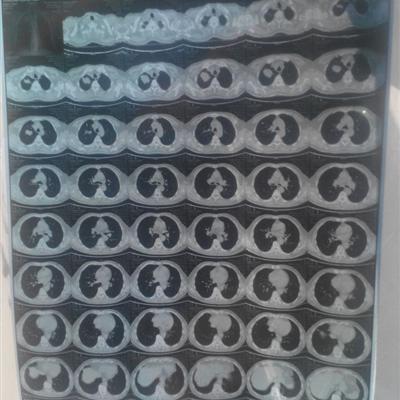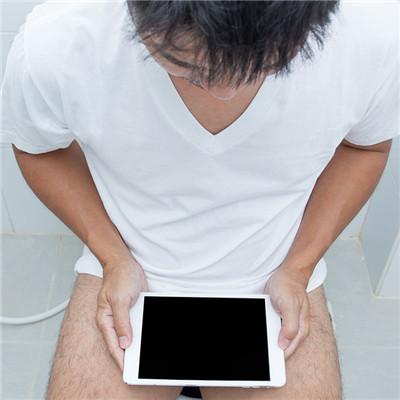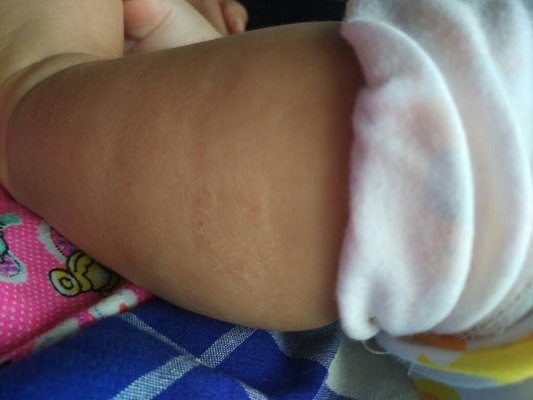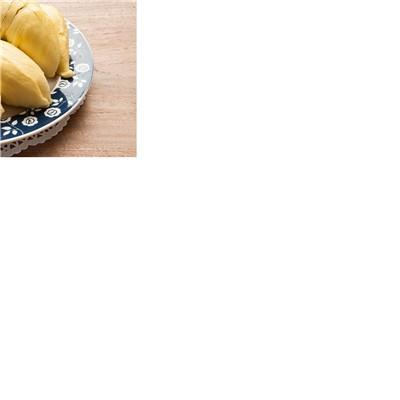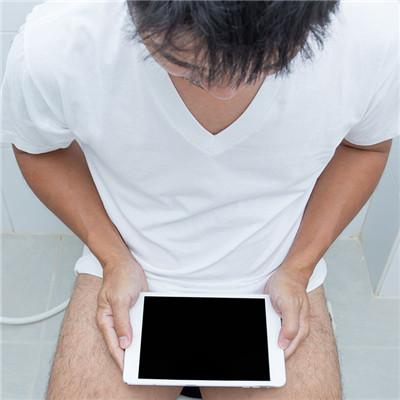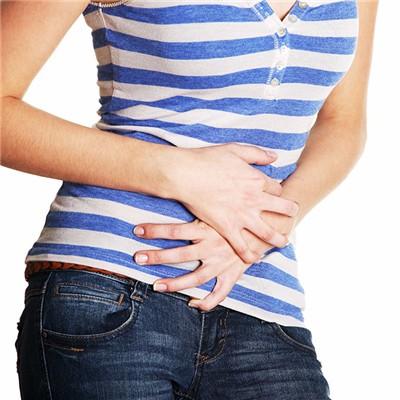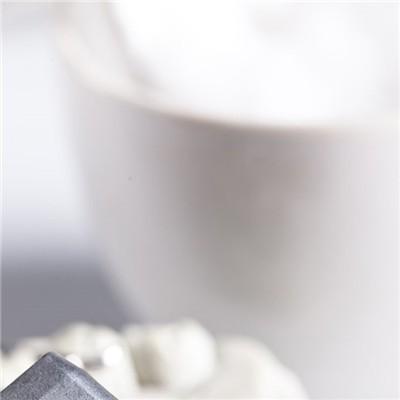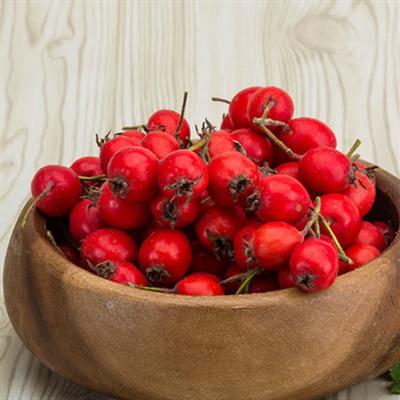Symptoms of acute pancreatitis?
summary
Acute pancreatitis (AP) is an inflammatory reaction in which pancreatic enzymes are activated in the pancreas, resulting in self digestion, edema, bleeding and even necrosis of pancreatic tissue. It is characterized by acute epigastric pain, nausea, vomiting, fever and elevated serum trypsin. Symptoms of acute pancreatitis? Let's talk about it
Symptoms of acute pancreatitis?
Abdominal pain: is the earliest symptom, often occurs after overeating or extreme fatigue, mostly sudden onset, located in the middle of the upper abdomen or left. The pain was continuous and progressive, like a knife cut. The pain radiates to the back and flank. If it is hemorrhagic necrotizing pancreatitis, it will be full abdominal pain and rapid abdominal distension in a short time after onset, and shock of different severity will appear soon.

Nausea, vomiting: frequent attacks, initially into the food bile like substances, progressive aggravation of the disease, soon into enteroparalysis, then vomit for fecal like. Jaundice: acute edematous pancreatitis appeared less, accounting for about 1 / 4. But in acute hemorrhagic pancreatitis, it appears more.
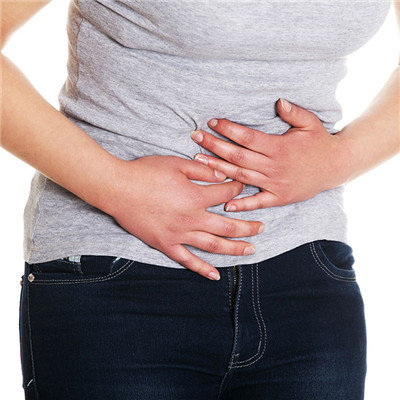
Dehydration: dehydration of acute pancreatitis is mainly caused by enteroparalysis and vomiting, while severe pancreatitis can cause severe dehydration and electrolyte disorder in a short time. Hemorrhagic necrotizing pancreatitis, a few hours to 10 hours after the onset of severe dehydration, no urine or oliguria.
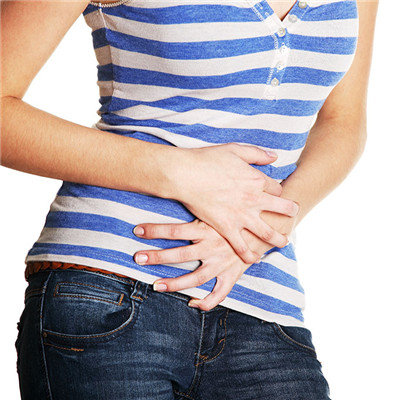
matters needing attention
The traditional method is intravenous drip of 0.1% procaine to block the vein. Dolantine can be combined with atropine regularly to relieve pain and sphincter of Oddi spasm. Morphine is forbidden to avoid sphincter of Oddi spasm. In addition, isoamyl nitrite and nitroglycerin can relieve the spasm of Oddi's sphincter to a certain extent when they are used in severe pain, especially in elderly patients, and it is also good for coronary artery blood supply.
